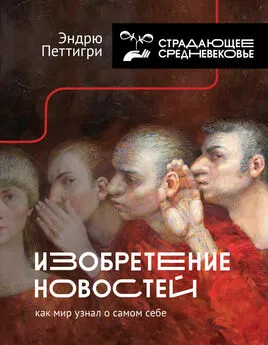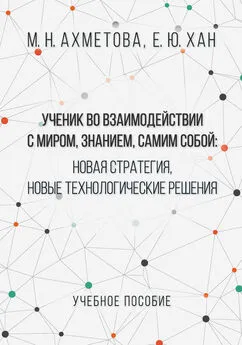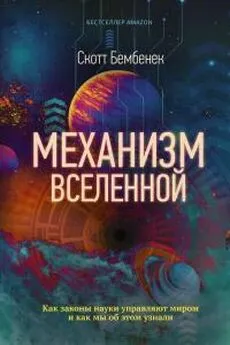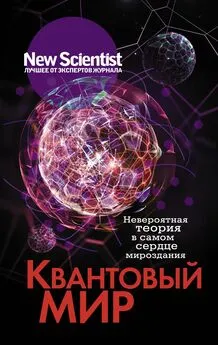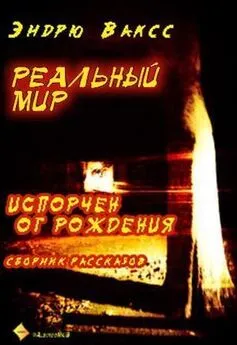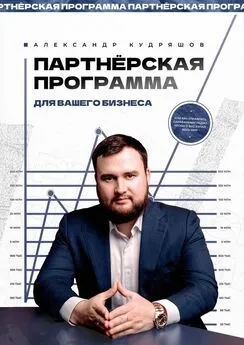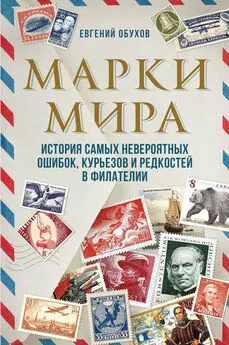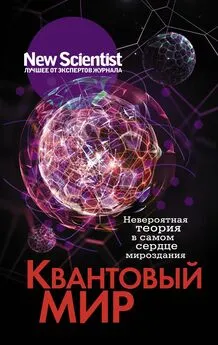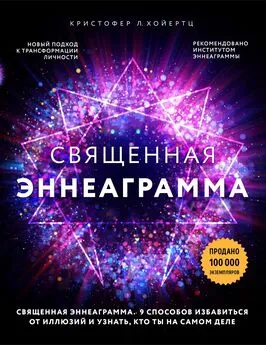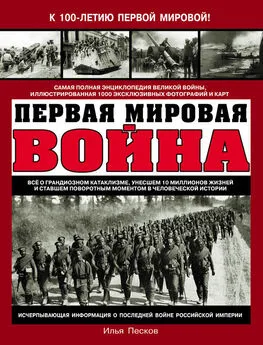Эндрю Петтигри - Изобретение новостей. Как мир узнал о самом себе
- Название:Изобретение новостей. Как мир узнал о самом себе
- Автор:
- Жанр:
- Издательство:АСТ
- Год:2021
- Город:Москва
- ISBN:978-5-17-127024-7
- Рейтинг:
- Избранное:Добавить в избранное
-
Отзывы:
-
Ваша оценка:
Эндрю Петтигри - Изобретение новостей. Как мир узнал о самом себе краткое содержание
Автор охватывает период почти в четыре века — от допечатной эры до 1800 года, от конца Средневековья до Французской революции, детально исследуя инстинкт людей к поиску новостей и стремлением быть информированными. Перед читателем открывается увлекательнейшая панорама столетий с поистине мульмедийным обменом, вобравшим в себя все доступные средства распространения новостей — разговоры и слухи, гражданские церемонии и торжества, церковные проповеди и прокламации на площадях, а с наступлением печатной эры — памфлеты, баллады, газеты и листовки. Это фундаментальная история эволюции новостей, начиная от обмена манускриптами во времена позднего Средневековья и до эры триумфа печатных СМИ.
В формате PDF A4 сохранен издательский макет.
Изобретение новостей. Как мир узнал о самом себе - читать онлайн бесплатно ознакомительный отрывок
Интервал:
Закладка:
330
Adam Fox, ‘Rumour, News and Popular Political Opinion in Elizabethan and Early Stuart England’, Historical Journal, 40 (1997), pp. 597–620; Rebecca Lemon, Treason by Words: Literature, Law, and Rebellion in Shakespeare’s England (Ithaca, NY: Cornell University Press, 2006).
331
Fox, ‘Rumour’, p. 599.
332
Fox, Oral and Literate Culture , p. 341.
333
Claude Holyband, The French Littelton (London: Richard Field, 1593), pp. 46-7. STC 6742. USTC 75635.
334
Fox, ‘Rumour’, p. 601.
335
Carolyn Muessig (ed.), Preacher, Sermon and Audience in the Middle Ages (Leiden: Brill, 2002).
336
Выше в главе 3.
337
Larissa Taylor (ed.), Preachers and People in the Reformations and Early Modern Period (Leiden: Brill, 2001); Pettegree, Reformation and the Culture of Persuasion, Chapter 2.
338
Pettegree, Reformation and the Culture of Persuasion , p. 18.
339
Там же, с. 24–5. Florimond de Raemond in Alastair Duke, Gillian Lewis and Andrew Pettegree (eds), Calvinism in Europe: A Collection of Documents (Manchester: Manchester University Press, 1992), pp. 37-8.
340
Duke, Lewis and Pettegree (eds), Calvinism in Europe , pp. 30–34.
341
William G. Naphy, Calvin and the Consolidation of the Genevan Reformation (Manchester: Manchester University Press, 1994), pp. 159, 161.
342
Heiko Oberman, Luther: Man between God and the Devil (New Haven, CT: Yale University Press, 1992), pp. 3-12.
343
Arnold Hunt, The Art of Hearing: English Preachers and their Audiences, 1590–1640 (Cambridge: Cambridge University Press, 2010), p. 106. А также см. главу 9.
344
Hunt, The Art of Hearing, pp. 150-4. For the highly politicised sermons of seventeenth-century England see Tony Clayton, ‘The Sermon, the “Public Sphere” and the Political Culture of Late Seventeenth-Century England’, in L. A. Ferrell and P. McCullough (eds), The English Sermon Revised: Religious Literature and History, 1600–1750 (Manchester: Manchester University Press, 2001), pp. 208-34.
345
Millar MacLure, The Paul’s Cross Sermons, 1534–1642 (Toronto: University of Toronto Press, 1958); idem, Register of Sermons Preached at Paul’s Cross, 1534–1642 (Ottawa: Dovehouse editions, 1989).
346
Hunt, The Art of Hearing, p. 212. On the highly political and topical character of Paul’s Cross sermons, see Lake and Questier, Antichrist’s Lewd Hat, pp. 335-76.
347
Emily Michelson, ‘An Italian Explains the English Reformation’, in Michelson et al. (eds), A Linking of Heaven and Earth (Aldershot: Ashgate, 2012), pp. 33–48.
348
Hunt, The Art of Hearing , Chapter 1.
349
Там же, с. 64.
350
Margo Todd, The Culture of Protestantism in Early Modern Scotland (London: Yale University Press, 2002), pp. 28–48.
351
Iain Fenlon, The Ceremonial City: History, Memory and Myth in Renaissance Venice (New Haven, CT, and London: Yale University Press, 2007).
352
Margaret Meserve, ‘News from Negroponte: Politics, Popular Opinion and Information Exchange in the First Decade of the Italian Press’, Renaissance Quarterly, 59 (2006), pp. 440-80; Robert Schwoebel, The Shadow of the Crescent: The Renaissance Image of the Turk (1453–1517) (Nieuwkoop: De Graaf, 1967); Carl Gollner, Turcica. Die europaischen Turkendrucke des XVI Jahrhunderts, 3 vols (Bucharest: Academiei, 1961-78).
353
Выше в главе 3.
354
Margaret Meserve, Empires of Islam in Renaissance Historical Thought (Cambridge, MA: Harvard University Press, 2008).
355
Albert Ganado and Maurice Agius-Vadala, A Study in Depth of 143 Maps Representing the Great Siege of Malta of 1565 (Valetta: Bank of Valetta, 1994).
356
Henry Kamen, Philip of Spain (New Haven, CT, and London: Yale University Press, 1997), p. 139.
357
Geoffrey Parker, The Grand Strategy of Philip II (New Haven, CT, and London: Yale University Press, 1998), p. 19.
358
Fenlon, Ceremonial City.
359
Barbarics Zsuzsa and Renate Pieper, ‘Handwritten Newsletters as a Means of Communication in Early Modern Europe’, in Francisco Bethercourt and Florike Egmond, Correspondence and Cultural Exchange in Europe, 1400–1700 (Cambridge: Cambridge University Press, 2007), pp. 75-6.
360
Gollner, Turcica , vol. 2, no. 1,396.
361
Там же, том 2.
362
Там же.
363
Интересно, что перечисленные Голлнером основаны на утерянных оригиналах.
364
Basel, Ulm, Nuremberg, Leipzig and Breslau. Gollner, Turcica, nos 1398–1404, 1448, 1477–1496.
365
Zurich ZB: PAS II 24/17.
366
Barbara Diefendorf, Beneath the Cross: Catholics and Huguenots in Sixteenth-Century Paris (New York: Oxford University Press, 1991). For the provincial massacres and recantations, Philip Benedict, Rouen during the Wars of Religion (Cambridge: Cambridge University Press, 1981).
367
Robert M. Kingdon, Myths about the St Bartholomew’s Day Massacre (Cambridge, MA: Harvard University Press, 1988).
368
Correspondance de Theodore de Beze, 13 (1572), ed. Hippolyte Aubert (Geneva: Droz, 1988), no. 938, p. 179; Scott M. Manetsch, Theodore Beza and the Quest for Peace in France, 1572–1598 (Leiden: Brill, 2000), p. 34.
369
Manetsch, Theodore Beza and the Quest for Peace , p. 34.
370
Correspondance de Theodore de Beze, no. 939.
371
Donald Kelley, Frangois Hotman: A Revolutionary’s Ordeal (Princeton, NJ: Princeton University Press, 1973), p. 219.
372
John Cooper, The Queen’s Agent: Francis Walsingham at the Court of Elizabeth I (London: Faber & Faber, 2011); Conyers Read, Mr. Secretary Walsingham and the Policy of Queen Elizabeth, 3 vols (Oxford: Clarendon Press, 1925).
373
Bertrand de Salignac de La Mothe Fenelon, Correspondance diplomatique, ed. T. H. A. Teulet, 7 vols (Paris, 1838-40), V, 21; Conyers Read, Lord Burghley and Queen Elizabeth (London: Jonathan Cape, 1960), p. 87.
374
Read, Lord Burghley and Queen Elizabeth, p. 91.
375
Pierre Hurtubise, ‘Comment Rome apprit la nouvelle du massacre de la Saint-Barthelemy’, Archivum Historiae Pontificiae, 10 (1972), pp. 187–209.
376
Там же, с. 198–9.
377
Kamen, Philip of Spain, p. 141.
378
Parker, Grand Strategy, p. 101.
379
Paula Sutter Fichtner, Emperor Maximilian II (New Haven, CT: Yale University Press, 2001), pp. 183-4.
380
Declaration de la cause et occasion de la mort de l’admiral (Paris: Jean Dallier, 1572); FB 12209-12217, 12230-12231.
381
Hurtubise, ‘Comment Rome apprit la nouvelle’, p. 202.
382
Le stratagem ou la ruse de Charles IX (Geneva: Jacob Stoer, 1574); FB 8814. The original Italian edition (Rome, 1572) is USTC 818499.
383
Kingdon, Myths about the St Bartholomew’s Day Massacre. The classic treatment of this literature is Quentin Skinner, The Foundations of Modern Political Thought (Cambridge: Cambridge University Press, 1978).
384
Kingdon, Myths about the St Bartholomew’s Day Massacre , pp. 28–50. Many of the most important contemporary published documents are collected in Simon Goulart, Memoires de l’estat de France sous Charles neufiesme (Geneva: Vignon, 1576).
385
Colin Martin and Geoffrey Parker, The Spanish Armada , 2nd edn (Manchester: Manchester University Press, 1999). For the ground-breaking archaeological investigations that underpin this study, Colin Martin, Full Fathom Five: The Wrecks of the Spanish Armada (London: Chatto & Windus, 1975).
386
Jean Delumeau, Vie economique et sociale de Rome dans la seconde moitie du XVIe siecle (Paris: Boccard, 1957-9), p. 60.
387
Там же, с. 35.
388
De Lamar Jensen, Diplomacy and Dogmatism: Bernardino de Mendoza and the French Catholic League (Cambridge, MA: Harvard University Press, 1964), pp. 156-7.
389
Copie d’une lettre envoyee de Dieppe, sur la rencontre des armees d’Espaigne & d’Angleterre (Paris: Guillaume Chaudiere, 1588); USTC 8949. There were four 1588 editions in all, including reprints in Lyon and Toulouse. USTC 12721, USTC 53285.
390
Discours veritable de ce qui s’estpasse entre les deux armees de Mer d’Angleterre & d’Espaigne (s.l, s.n. 1588). USTC 19491 for the La Rochelle edition.
391
Bertrand T. Whitehead, Brags and Boasts: Propaganda in the Year of the Armada (Stroud: Alan Sutton, 1994), p. 109.
392
Parker, Grand Strategy, pp. 223-4. For the Elizabethan efforts at intelligence gathering, Alan Haynes, Invisible Power: The Elizabethan Secret Service, 1570–1603 (Stroud: Sutton, 1992); Stephen Alford, The Watchers: A Secret History of the Reign of Elizabeth I (London: Allen Lane, 2012).
393
Parker, Grand Strategy , p. 270.
394
Stuart Carroll, Martyrs and Murderers: The Guise Family and the Making of Europe (Oxford: Oxford University Press, 2009), pp. 281-92.
395
Delumeau, Vie economique et sociale de Rome , p. 54.
396
Там же, с. 59.
397
Там же, с. 61.
398
Michael Wolfe, The Conversion of Henry IV (Cambridge, MA: Harvard University Press, 1993).
399
Интервал:
Закладка:
